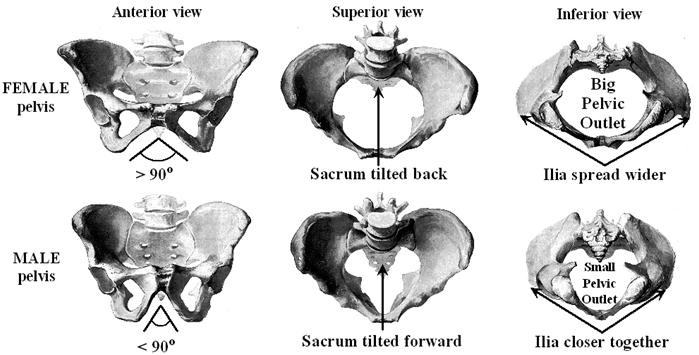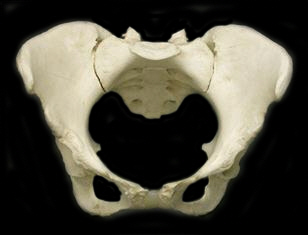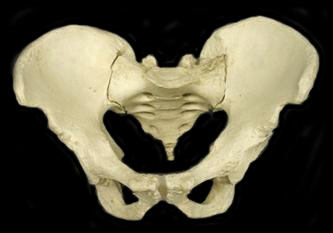







Gender Identification - Human Development Reference






Powered By Sispro1

Identification of Skeletal Evidence
Skeletons as Forensic Evidence
Gender Identification - Pelvic Region



There are several ways to more accurately determine the gender of a skeleton. One of them is by examining the pelvis, which can be identified accurately 95% of the time.
Another way is to examine the skull. This is still fairly accurate, but not as accurate as the pelvis. Forensic anthropologists can accurately identify the skull somewhere between 85 and 90% of the times. This can be complicated by several factors. If a skull is incomplete, then, of course, there is less to work from. Some of the distinguishing characteristics, such as larger bone landmarks for muscle attachments in males, can be easily confused with the landmarks of more athletic females. To put it simply, since the landmarks are often for the attachment of muscles, the larger the muscles, or the more one uses the muscles, the larger the landmarks.
Another way is to examine the skull. This is still fairly accurate, but not as accurate as the pelvis. Forensic anthropologists can accurately identify the skull somewhere between 85 and 90% of the times. This can be complicated by several factors. If a skull is incomplete, then, of course, there is less to work from. Some of the distinguishing characteristics, such as larger bone landmarks for muscle attachments in males, can be easily confused with the landmarks of more athletic females. To put it simply, since the landmarks are often for the attachment of muscles, the larger the muscles, or the more one uses the muscles, the larger the landmarks.
Copyright All Rights Reserved by Nigel G Wilcox E-Mail: ngwilcox100@gmail.com
Designed by Nigel G Wilcox
Complimentary Topics
The Paragon Of Metal Detecting
& Archaeology
& Archaeology
6. Menu
Pages
Member NCMD





















